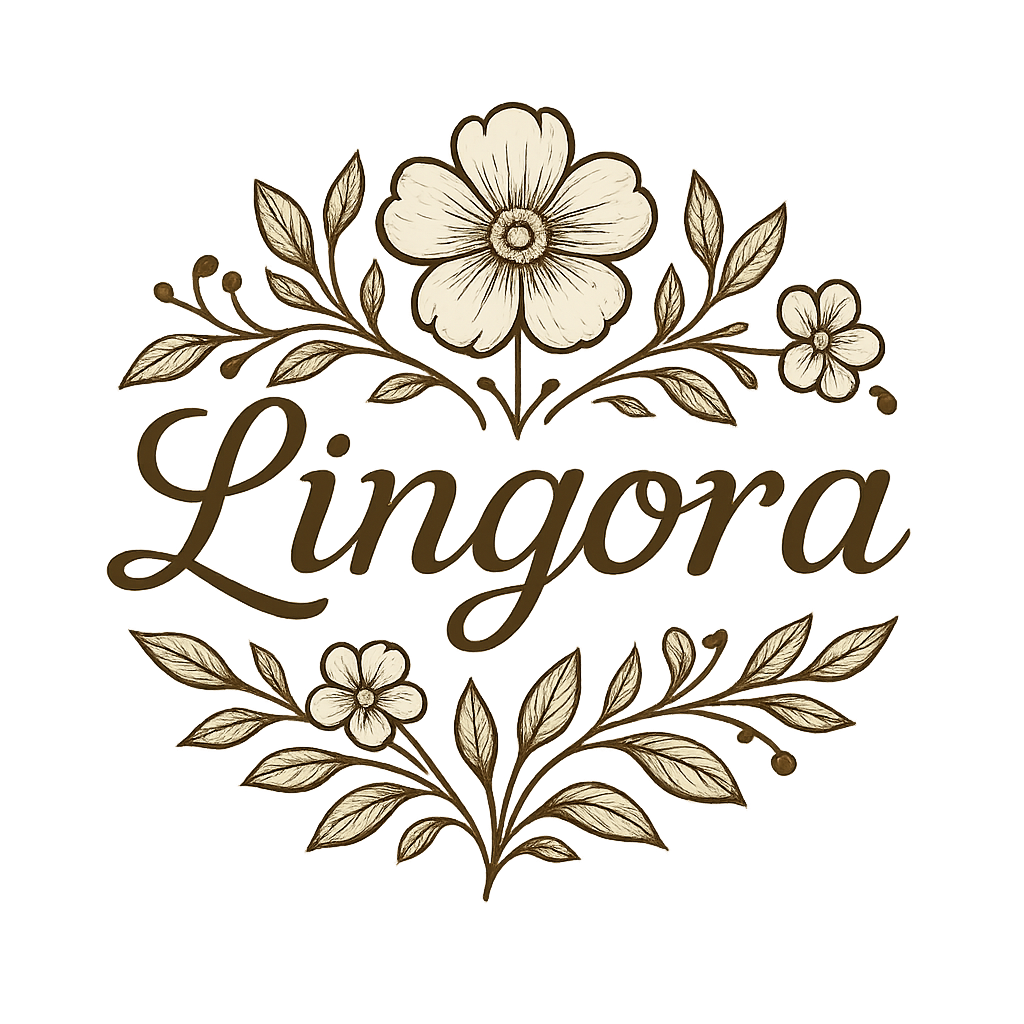Have you ever wondered whether Blue – the famous character or color that’s everywhere – is a boy or a girl?
If so, you’re not alone. This question often comes up for parents, students, and fans, especially when searching online or discussing kids’ content.
People search for this topic because it’s not always obvious from the name or appearance. Even a small detail like gender can spark curiosity and interesting discussions.
In this article, we’ll clearly explain Blue’s gender, provide context with examples, and show how popular references portray it. Whether you’re a curious parent, a student, or a fan, this guide will make sure you understand the answer confidently without any confusion.
Is Blue a Boy or a Girl? – Quick Answer

Blue itself is neither a boy nor a girl—it’s a color. However, in many Western cultures, blue is traditionally associated with kids, while pink is associated with girls. This tradition is mostly cultural, not a universal rule.
For example:
- Baby clothes in blue often signal a boy.
- Characters like “Blue” in Blue’s Clues (a popular kids’ show) are actually female, showing that the association is not fixed.
The Origin of “Blue” as a Gendered Color

The idea of linking blue to kidsis relatively recent. In fact, in the early 1900s, pink was considered a stronger, more masculine color, while blue was viewed as delicate and feminine.
This switched around the 1940s, when retailers and marketers standardized baby clothes: blue for kids, pink for girls. Since then, blue has been strongly marketed as a “boy’s color,” especially in Western countries.
Over time, these associations became cultural norms, shaping how we choose clothing, toys, and décor for children. Globally, though, many cultures do not link colors to gender in the same way.
British English vs American English Spelling

Interestingly, the word “blue” itself does not change spelling between British and American English. Both regions use the same spelling. The difference lies in cultural associations rather than language structure.
| Aspect | British English | American English |
| Spelling of “Blue” | Blue | Blue |
| Gender Association | kids | kids |
| Cultural Variation | Less strict | Strongly marketed |
In both dialects, “blue” is universally spelled the same, making this debate cultural, not linguistic.
Which Spelling Should You Use?

Since “blue” is spelled the same everywhere, there’s no spelling choice to worry about. Instead, focus on your audience:
- Writing for US audiences: Blue is widely seen as a boy’s color.
- Writing for UK/Commonwealth audiences: Associations exist but may be less emphasized.
- Writing for international audiences: Avoid assuming gender connections unless culturally relevant.
Common Mistakes with “Blue”

Here are frequent misconceptions people have:
- Assuming blue is only for kids– Not true; anyone can wear or like blue.
- Believing this is a universal standard – Many cultures do not gender colors.
- Confusing “Blue” as a name – Some may think it’s male-only, but Blue is a gender-neutral name.
- Mixing up fictional characters – Blue from Blue’s Clues is female, despite being blue.
“Blue” in Everyday Examples

The word “blue” appears in many contexts beyond gender:
- Emails: “The design will feature a blue header.”
- News: “Blue was the color of choice for the new campaign.”
- Social Media: “Loving my new blue dress!”
- Formal Writing: “Blue symbolizes calmness and trust in branding.”
These examples show that “blue” is used descriptively, not tied to gender in most professional communication.
“Is Blue a Boy or a Girl?” – Google Trends & Usage Data

Search data shows that this keyword spikes in contexts like:
- Parents choosing baby names or nursery themes.
- Fans curious about cartoon characters (like Blue’s Clues).
- Cultural studies about gender and color symbolism.
| Search Context | Popularity (Global) | Notes |
| Blue’s Clues character gender | High | Kids’ show fans asking questions. |
| Color-gender symbolism | Medium | Parents researching baby colors. |
| Blue as a name | Medium | Used as a neutral name globally. |
FAQs
1. Is blue always a boy’s color?
No. Blue’s association with kidsis cultural and fairly recent in history.
2. Was pink once a boy’s color?
Yes! In the early 20th century, pink was seen as strong and suitable for kids.
3. Is “Blue” a boy’s name?
Blue is a gender-neutral name, used for both kids and girls.
4. Why is Blue in Blue’s Clues a girl?
The creators chose a female character to challenge color-gender stereotypes.
5. Do other cultures assign colors to genders?
Some cultures don’t link colors to gender at all. The blue-boy, pink-girl idea is mainly Western.
6. What does the color blue symbolize?
Blue often symbolizes calm, trust, stability, and peace.
7. Should I avoid using blue for girls?
Not at all! Colors are for everyone; there are no strict rules.
Conclusion
The question “Is blue a boy or a girl?” has a simple answer: blue is a color, not a gender. While Western marketing has associated blue with kids since the 20th century, these links are cultural, not universal truths. Historically, pink was once for kids, and blue for girls, proving that such ideas change over time.
Whether you’re naming a child, choosing nursery colors, or curious about cartoon characters, remember that colors don’t belong to one gender. They’re powerful forms of self-expression, symbolism, and creativity for everyone. Embrace blue freely—it’s calm, versatile, and beautifully neutral.




